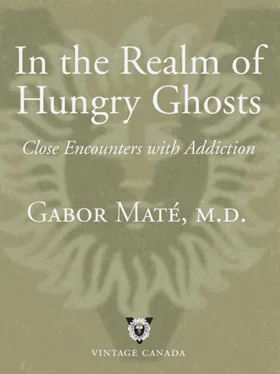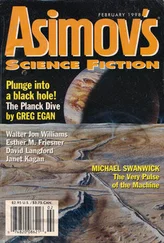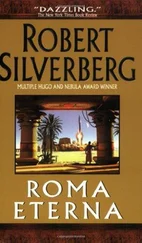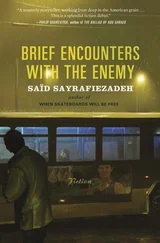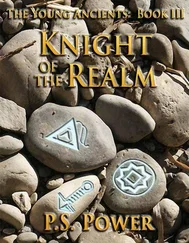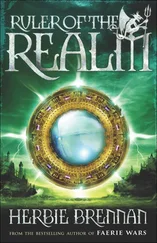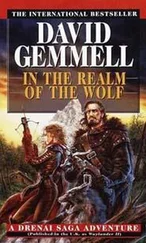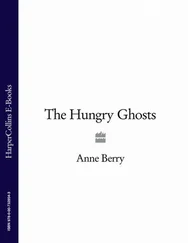My purest moment of freedom occurs after I park my car, hurry to Sikora’s and, slowing down just before entering, draw a deep breath as I push the door open. For this nanosecond, life is limitless possibility. “We can perceive the infinite in music only by searching for this quality in ourselves,” writes the pianist and conductor Daniel Barenboim. 2Very true. But that’s not the kind of infinite the addict seeks.
When you get right down to it, it’s the adrenaline I’m after, along with the precious reward chemicals that will flood my brain when I hold the new CD in hand, providing an all too temporary reprieve from the stress of my driven state. But I’ve barely left the store before the adrenaline starts pumping through my circulation again, my mind fixated on the next purchase. Anyone who’s addicted to any kind of pursuit—whether it’s sex or gambling or shopping—is after that same fix of home-grown chemicals.

This behaviour has been recurring for decades, since my children were—
Wait. “The behaviour has been recurring?” What a neat way to put it outside of myself, as if it lived as an independent entity. No, I have been doing this for decades, since my children were small.
Many years I was spending thousands of dollars on compact discs. Dropping a few hundred dollars in an hour or two was no stretch. My all-time record came close to eight thousand dollars in one week. I was cushioned from economic disaster by the income I earned as one of the self-sacrificing—read workaholic—physicians much admired by the world at large. As I’ve written elsewhere, it was easy for me to justify all the spending as compensation for the hard work I was doing: one addiction providing an alibi for the other. *9
The confusing part was this: both behaviour dependencies represented genuine aspects of me, each distorted out of proportion. My addiction to music and books could masquerade as an aesthetic passion, and my addiction to work as a service to humanity—and I do have aesthetic passion, and I do wish to serve humanity.
I’m not the only person in the world intoxicated by classical music, and I’m far from alone in owning multiple sets of recorded masterpieces. So are all these other enthusiasts addicted, too? No, not all, but many of them are—I see them in the stores and read their comments on the World Wide Web. One addict knows another.
Any passion can become an addiction; but then how to distinguish between the two? The central question is: who’s in charge, the individual or their behaviour? It’s possible to rule a passion, but an obsessive passion that a person is unable to rule is an addiction. And the addiction is the repeated behaviour that a person keeps engaging in, even though he knows it harms himself or others. How it looks externally is irrelevant. The key issue is a person’s internal relationship to the passion and its related behaviours.
If in doubt, ask yourself one simple question: given the harm you’re doing to yourself and others, are you willing to stop? If not, you’re addicted. And if you’re unable to renounce the behaviour or to keep your pledge when you do, you’re addicted.
There is, of course, a deeper, more ossified layer beneath any kind of addiction: the denial state in which, contrary to all reason and evidence, you refuse to acknowledge that you’re hurting yourself or anyone else. In the denial state you’re completely resistant to asking yourself any questions at all. But if you want to know, look around you. Are you closer to the people you love after your passion has been fulfilled or more isolated? Have you come more truly into who you really are or are you left feeling hollow?
The difference between passion and addiction is that between a divine spark and a flame that incinerates. The sacred fire through which Moshe (Moses) experienced the presence of God on Mount Horeb did not annihilate the bush from which it arose: And YHWH’s messenger was seen by him in the flame of a fire out of the midst of a bush. He saw: here, the bush is burning with fire, and the bush is not consumed! 3Passion is divine fire: it enlivens and makes holy; it gives light and yields inspiration. Passion is generous because it’s not ego-driven; addiction is self-centred. Passion gives and enriches; addiction is a thief. Passion is a source of truth and enlightenment; addictive behaviours lead you into darkness. You’re more alive when you are passionate, and you triumph whether or not you attain your goal. But an addiction requires a specific outcome that feeds the ego; without that outcome, the ego feels empty and deprived. A consuming passion that you are helpless to resist, no matter what the consequences, is an addiction.
You may even devote your entire life to a passion, but if it’s truly a passion and not an addiction, you’ll do so with freedom, joy and a full assertion of your truest self and values. In addiction, there’s no joy, freedom or assertion. The addict lurks shame-faced in the shadowy corners of her own existence. I glimpse shame in the eyes of my addicted patients in the Downtown Eastside and, in their shame, I see mirrored my own.
Addiction is passion’s dark simulacrum and, to the naïve observer, its perfect mimic. It resembles passion in its urgency and in the promise of fulfillment, but its gifts are illusory. It’s a black hole. The more you offer it, the more it demands. Unlike passion, its alchemy does not create new elements from old. It only degrades what it touches and turns it into something less, something cheaper.
Am I happier after one of my self-indulgent sprees? Like a miser, in my mind I recount and catalogue my recent purchases—a furtive Scrooge, hunched over and rubbing his hands together with acquisitive glee, his heart growing ever colder. In the wake of a buying binge, I am not a satisfied man.
Addiction is centrifugal. It sucks energy from you, creating a vacuum of inertia. A passion energizes you and enriches your relationships. It empowers you and gives strength to others. Passion creates; addiction consumes—first the self and then the others within its orbit.
The hit musical Little Shop of Horrors offers a brilliant metaphorical image of addiction. Seymour, a little nebbish of a flower shop clerk (played most famously in the 1986 film version by Rick Moranis) takes pity on a “strange and unusual” little plant that’s dying of malnutrition. It brings the shop some much-needed business, but there’s a problem. No one can figure out what the plant, named Audrey II after Seymour’s sweetheart, needs for nourishment until one night Seymour accidentally pricks a finger and the plant hungrily swallows the drops of blood dripping from the wound. Only temporarily appeased, the plant wants more, and Seymour dutifully offers up another dose of his precious plasma. The plant then takes on a personality and voice of its own. Piteously the little plant pleads and cajoles, promising to be Seymour’s slave. But then it issues an abrupt command: “ Feed me, Seymour! ” Terrified, Seymour does as he’s told. The plant thrives and becomes huger and hungrier, and Seymour weakens and becomes anaemic—morally, as well as physically. When it looks as if he’s going to be bled (literally) dry, Seymour stumbles on the idea of feeding the plant human corpses and is led into a new part-time vocation: murder. By the finale Seymour is forced to wage a heroic battle against the bloodthirsty Audrey II. Bent on conquest and power, the plant no longer even bothers to feign friendship.
So it is with addiction. Beginning with only the few drops of blood you’re ready to donate at first, it soon consumes enough to dominate and rule you. Then it starts to prey on those around you, and you must struggle to extinguish it.
Читать дальше
